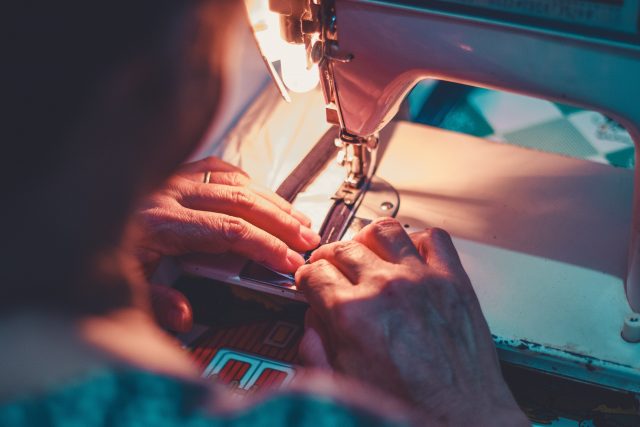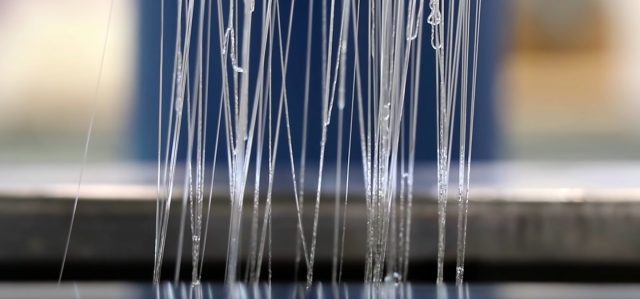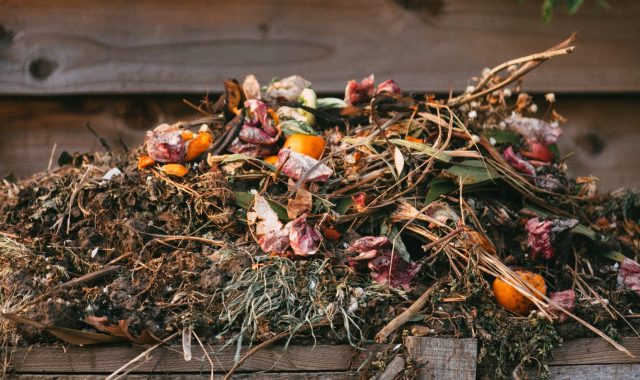What is the ‘Circular Economy’ and why is it relevant for fashion brands?
So-called circular economy approaches in fashion are becoming more commonplace as a strategy for brands trying to reduce their environmental impact. Circular fashion is going mainstream. But what does it really mean?
Put simply, a circular economy is about reducing the demand for new raw materials whilst keeping the current materials that we do have in circulation as long as possible, with the lowest impact pathways available to us. Although there are many other aspects of sustainability to consider, circular economy concepts are really focused on the environmental impact due to the usage of materials. It’s an important part of the equation for fashion brands looking to reduce their carbon footprint long term – but not the only part.
With this in mind, we have decided to provide an overview of the key priorities, in order of importance, for creating a truly circular economy in the fashion industry. These priorities go back many decades to the concept of the classic 3Rs of ‘reduce, reuse, and recycle’ and the many modern variations of it. They still hold true today: we need to exhaust the lowest energy pathways first, before moving to progressively more and more energy-intensive solutions.
The Five Priorities For A Circular Economy in the Fashion Industry
1. Reuse & Repair
It is often misunderstood that recycling is the only key element in creating a circular economy in the fashion industry. One of the best ways to reduce demands on raw materials is to reuse and repair the garments that are already in circulation. This is because the process of manufacturing textiles, and then garments, also uses energy, which in most cases is largely still powered by fossil fuels. For consumers this means buying second hand wherever possible and repairing garments when they spring holes; for brands, this means investing in their own repair programmes, resale platforms and takeback services, whilst designing garments for longevity and repairability.

2. Remanufacturing
Garments can also be deconstructed and remade into new items of different clothing, with a different style, fit and size. This may be appropriate, for example, when a garment is too damaged to repair easily or is not easily resellable. This is in essence ‘recycling’ the fabric that makes up the clothing, turning it into something new, without deconstructing it any further to fibres. Designing garments for easy disassembly is one strategy to enable easier deconstruction and re-assembly into other garments. This may also be a critical intervention for pre-consumer or post-industrial waste such as deadstock, overproduction or consumer returns that may otherwise be undamaged but is in some way unsellable.
3. Recycling
Even when a textile has been in use for its maximum possible timespan; through continued reuse, repair, and potential re-manufacturing into new garments, it will eventually reach the end of its useful life. It may be too frayed, decayed, or soiled to have any other useful purpose. At this point, recycling is often the best available pathway.
For the best prospect for a truly circular economy in fashion, recycling the textile should result in a product (i.e. a fibre or yarn) that can displace the original ‘virgin’ material on the marketplace, with a process that has a lower overall carbon footprint than the manufacture of new, virgin material. If this is the case, recycling fibres in a closed-loop would reduce carbon emissions and other impacts due to a reduction in the extraction and processing of virgin raw materials. This concept is often called ‘fibre-to-fibre’ recycling, and it is receiving more attention in recent years. However, there is still a long way to go before this is a realistic option for most end-of-life textiles. There are many technical, economic, and social barriers in scaling fibre-to-fibre recycling technologies which need significant investment, legislation, and economic incentives to be overcome.
It should be noted that just because a garment is itself made from recycled materials, it doesn’t mean that it is automatically recyclable. For example, most recycled polyester is created from used PET drinking bottles, and not other textiles. When the garment reaches the end of its life, there are currently very few facilities available to recycle it, and thus the process is currently still ‘linear’.
An important consideration is to design garments for recycling in mind, for example, by using one single (mono-) material, avoiding certain additives, dyes, and pigments and so on. However, most design for recycling prepares garments for an end-of-life scenario that in most cases does not currently exist, and the recyclability is theoretical. Additionally, a wide range of technologies for textile recycling are in development and have varying tolerances regarding contaminants that may interfere with their processes. There is no single unified standard yet as to what constitutes a ‘recyclable’ textile. As more recycling options for garments in the future become available, design for recycling will however become critical in ensuring high efficiency in the recycling system.

4. Composting and Biodegradation
Depending on the material, it may or may not be beneficial to pursue composting as a primary end-of-life pathway. From a circular economy perspective, although the carbon could be said to be ‘recycled’ by being incorporated into the biosphere, the material or polymer itself is destroyed and virgin material will need to be produced to ‘fill the gap’ in production.
If the energy to produce these new materials is significant enough (as with many bio-based polymers), then composting would lead to a net increase in carbon emissions when compared to recycling. However, there are also potential cases where the material impact of natural fibres may be lower than a potential recycling process. In this case, it may be appropriate to consider composting, although the material could also be used as a feedstock for other fibres such as man-made cellulosic fibres (rayon). In this case, the consideration should be which scenario reduces the net greenhouse emissions of the whole world as one ‘system’. Composting can therefore be considered in locations where there is no ready access to a recycling stream and there is no other valuable route available to the waste. However, there are also many considerations in creating compostable garments which should be considered in their design and end-of-life treatment.

5. Everything else
After most of these options have been exhausted, the best remaining option is to extract what little useful value is left from the materials after they have reached the end of their life. In some cases, this may be incineration to produce energy for the grid. There are also advocates for mixed-waste recycling such as pyrolysis and gasification which convert mixed waste (including textiles) into small-molecule hydrocarbons. However, in most cases with respect to the fashion industry, this is not a circular system, as the bulk of the output will be burnt as fuels and most materials used in fashion cannot be ‘re-synthesised’ from the molecules in this output. Although some of the molecules can be used to synthesise polymers, this is currently directed mostly at plastics of interest for packaging or used in more niche fashion materials such as cellulose acetate.
—-
Dr. Ashley Holding
Principal Consultant @ Circuvate
—-
Circuvate provides consulting, advisory and training services to the fashion and textiles sector. Are you a brand or manufacturer that is interested in establishing a circular product line? Or are you interested to understand the potential recyclability of a garment or textile? Get in touch to find out how our experts can help you.

